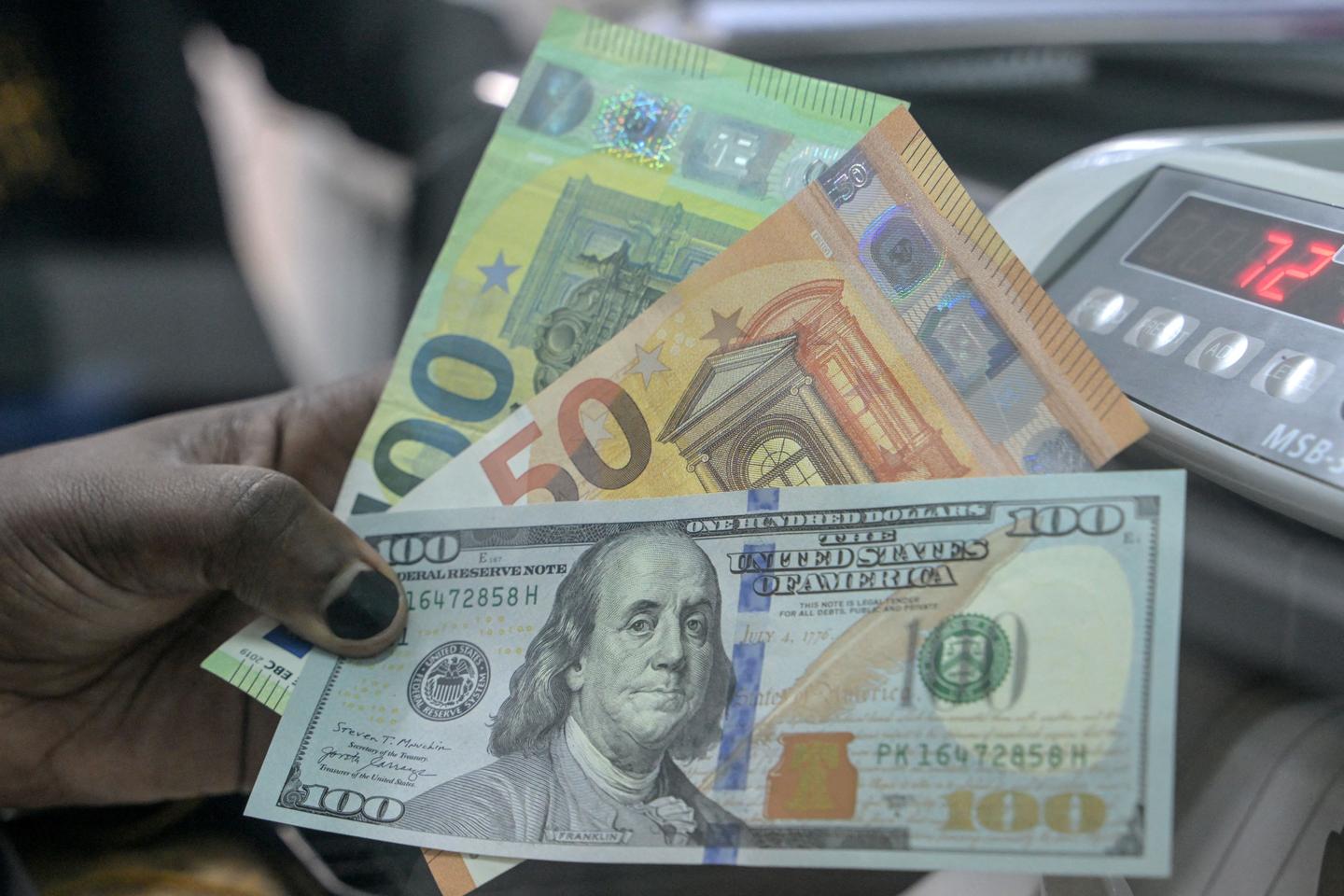


Christine Lagarde, president of the European Central Bank (ECB), may have wished for a "prosperous" New Year in her New Year's message, but 2025 got off to a bad start for the euro. On Thursday, January 2, the single European currency fell to its lowest level since November 2022 against the US dollar, at $1.0226 to €1.
Since peaking on September 30, 2024 (at $1.1196), the euro's depreciation against the greenback has now reached almost 9%, bringing it close to the symbolic threshold of parity with the dollar, below which it hasn't fallen since November 2022, when soaring energy prices triggered by Russia's invasion of Ukraine fanned fears of recession in Europe.
Two years and two months later, the euro's decline can be explained more by the increasingly marked differences between the health of the US economy and that of the eurozone, as highlighted by the very first economic indicators for 2025.
Indicators measuring the trend in industrial activity, published on Thursday, January 2, show that the contraction in activity was even greater than anticipated in December 2024 in the eurozone, particularly in its three main economies, Germany, France and Italy. As a result, manufacturers further reduced inventories and staffing levels, in the absence of an improved production outlook.
Dealing with the consequences of Trump's policies
"The decline in new orders has even worsened compared with October and November [2024], leading in turn to an acceleration in the fall in work in progress and thus dashing any hopes of an imminent upturn in activity," explained Cyrus de la Rubia, chief economist at Hamburg Commercial Bank, which publishes these investor-watched surveys with S&P Global. To this already gloomy climate could be added a rebound in energy bills for European companies, following the halt in Russian gas deliveries via Ukraine on Tuesday, December 31, 2024.
This reinforces the scenario of further interest rate cuts by the ECB, which could bring the main rate down to 2% or even below by 2025, compared with 3% today. By contrast, in the US, the reduction in the cost of credit continues to be the subject of debate since the December meeting of the Federal Reserve (Fed), which reduced the number of rate cuts envisaged for the coming year from four to two.
You have 30.67% of this article left to read. The rest is for subscribers only.
